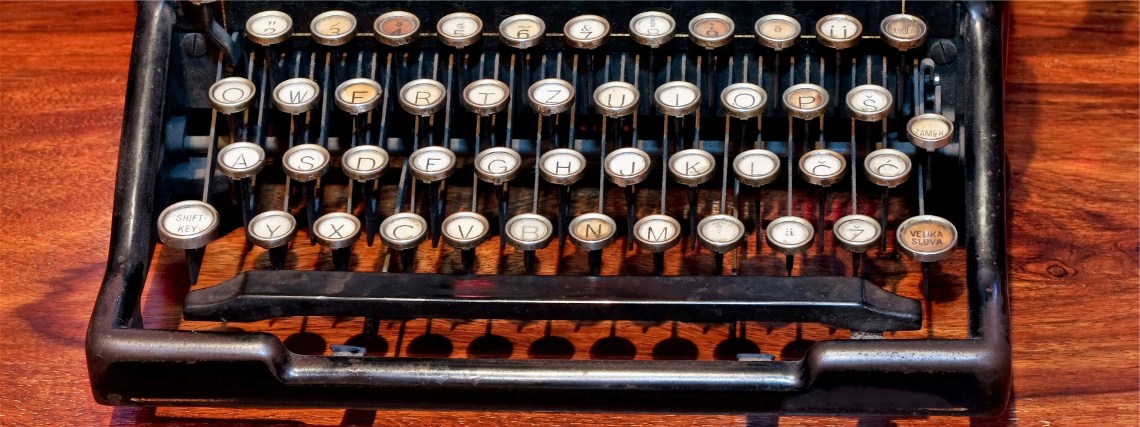 |
||
|
|
My Writing |
|
HistoryLions Gate: The Bridge Free Enterprise Built5. EndgameOriginally published at About.com - June 7, 1999 1935 was a year of waiting for the bridge company. In August W.S. Eyre died. Aside from the great sorrow it brought to Taylor, it also brought problems of financing as Eyre was a major investor. At the suggestion of Frank Ross, co-owner of the Western Bridge Company and later to be Lieutenant-Governor of B.C., Taylor sought and ultimately received investment in the bridge project from Western Bridge Company and Dominion Bridge Company, both Canadian firms and both candidates to be contracted to actually build the bridge. The election was finally called for October 23. Strong pressure had been put on Taylor and his company to contribute money to the Liberal Party, but Taylor refused saying, "No. We are tired. We have no money for this. We are not going to align ourselves with any party". 4 Mackenzie King and his Liberals won the election and Ian MacKenzie, the new Minister of National Defence and a Vancouver MP, had pledged to get the bridge through. But still no action was taken in Ottawa and pressure continued to be applied to Taylor to contribute to Liberal Party funds. Taylor still refused. In early December, under curious circumstances, Taylor's lieutenant John Anderson and Liberal Party organizer Major Moody uncovered a plot to delay permission to build the Lions Gate Bridge until the bridge company had agreed to certain terms. A number of prominent individuals and MP's were involved, including the shady businessman to whom Bennett had objected so strongly. Ian MacKenzie withdrew his endorsation of the bridge until he had "definite assurance that there is not the least suggestion of impropriety or special negotiations in the whole undertaking". 5 Taylor quickly wired MacKenzie to give him the "most unequivocal assurance that the company anxiously awaiting the approval of the Order-in-Council for the First Narrows Bridge has not, neither has their sole representative in Canada, Mr. Anderson, directly or indirectly entered into any commitments whatsoever with any person, corporation or political party, and neither have they made any financial or promotional promises of any nature whatsoever". 6 This assurance brought no results and finally Taylor arranged to visit Prime Minister King on February 27, 1936. At the interview Taylor realized his "enemies" had been there before him. It became apparent that King feared a scandal about the bridge similar to the Beauharnois Affair. When he had been Prime Minister in 1929, the opposition had embarrassed King with allegations of peculiar gifts of stock, personal loans and campaign contributions when the Beauharnois Power Company had sought permission to divert part of the flow of the St. Lawrence River. King told Taylor that Bennett had warned him that there was "something wrong" with the bridge business, but hadn't said what. Taylor replied that it was strange that Bennett had not given impropriety as grounds for refusing the bridge company's application, but had instead cited the bogus claim of "inadequacy of span". In early March, Taylor visited Vancouver to discover that all local opposition to the bridge had disappeared. In mid-March he enlisted the aid of Gerry McGeer, Mayor of Vancouver and a liberal MP, to push for the bridge in the House. McGeer raised the issue in the House on March 24. When the House adjourned, McGeer sought out Bennett who admitted that there was no substance to innuendoes about the bridge project as far as he knew. McGeer subsequently prepared a brief for presentation stressing that Ottawa's jurisdiction in the matter derived solely from the Navigable Waters Act, the requirements of which were satisfied by the applicant. In a letter to Lord Southborough, a major investor and friend, Taylor related how he had "actually got McGeer to the point of saying privately, what he would not hesitate to say publicly if necessary, that he would use the present incident as the chief reason for banding at least the three western provinces in open revolt against the Dominion, leading ultimately to secession".7 Vancouver wanted that bridge! Although a vague promise surfaced that an Order-in-Council would soon be passed, Taylor was not satisfied. He told McGeer that unless action was taken almost immediately, they would shut down their Vancouver operation. Convalescing in New York in early April from ill health, Taylor prepared a statement which he read to Ian MacKenzie who had called to visit him. In the statement Taylor talked of the delays and of the proposal for a full Parliamentary Inquiry. He discussed how such an inquiry would be an embarrassment to all concerned except the First Narrows Bridge Company, British Pacific Securities and their principals. He pledged a personal bond of $50,000 to be forfeited if any dishonesty in his company was discovered. Taylor concluded, "This is a tragic comedy in a country that is, at this time, absolutely dependent on outside capital - almost bankrupt of men who are bigger than their own selfish interests. The story of the First Narrows Bridge is not over, but to date it marks one of the most astonishing chapters of crass stupidity that modern times may read: 'How to prevent Englishmen investing their own money in Canada'."8 Whether it was Taylor's posting of the $50,000 personal bond or his discussion with Ian MacKenzie of the possible repercussions to the government of a full inquiry is not known, but whatever the reason, an Order-in-Council was passed on April 29, 1936. Vancouver's newspapers cheered the news, showering praise on Taylor and Anderson, "The Men Who Made It Possible". Continue to next section - Epilogue Prologue | Opening Moves | The Vancouver Plebiscite "Bennett's Private Blockade" | Endgame | Epilogue | Footnotes
|
|
|
|
|
||
|
Contents copyright ©
Marco den Ouden All Rights reserved |
||
|
|
||













